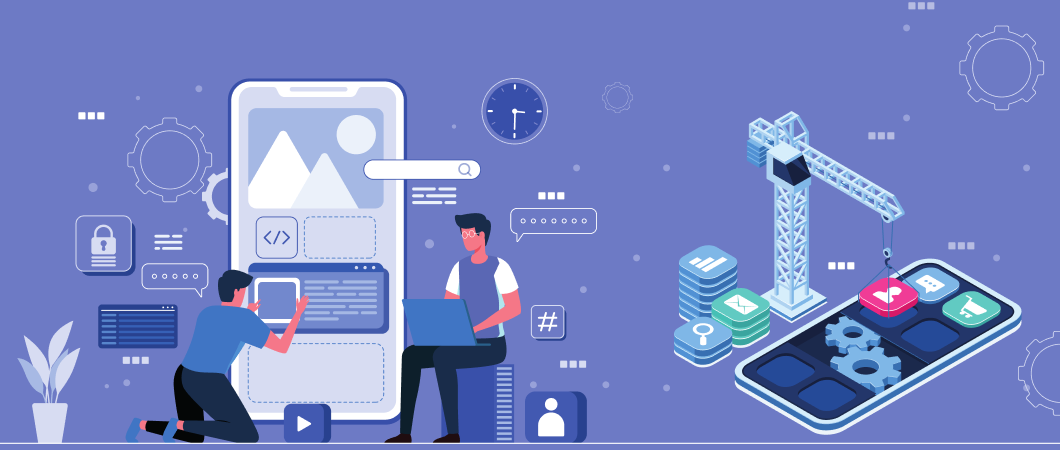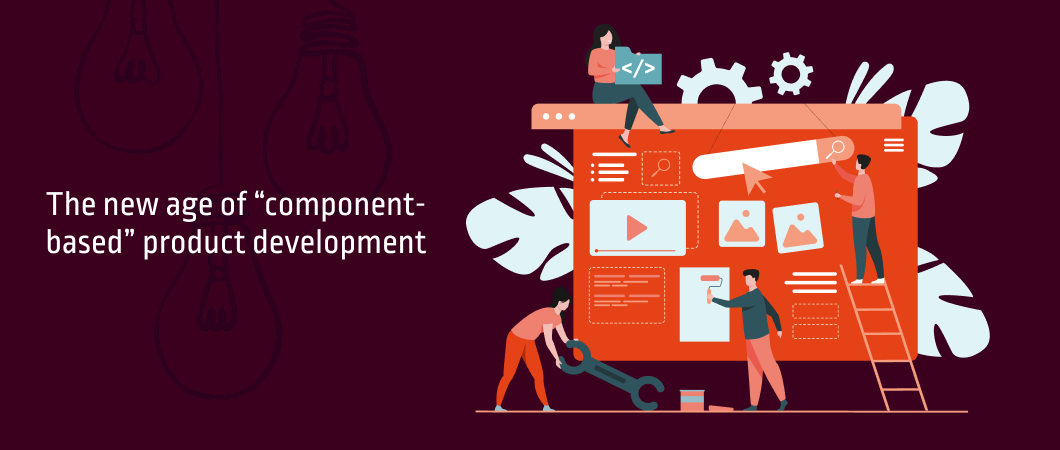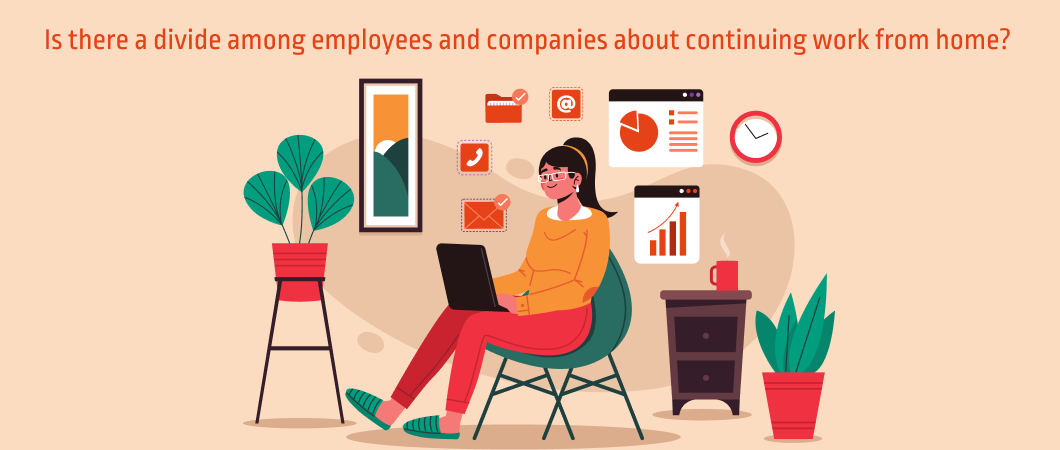Software was already on its way to eating the world and the pandemic only increased its appetite. The last quarter of 2020 witnessed a huge surge in digital startups straining to solve the problems of both consumers and the enterprise. The market is ripe with opportunity before and the time to jump on that MVP wagon seems imminent.
When we say MVP, most people assume it’s the half-baked, incomplete version of a final product. Yes, generally speaking, an MVP is just that – a barebones product meant to test the waters. However, how you develop this MVP will decide if it can evolve seamlessly into a full-fledged product or will need a complete do-over.
Here are 5 essential steps to building an MVP to get it to do more than just be an experiment.
Shift the mindset – from development to design
You can no longer release a bug-prone, choppy piece of software into the market and expect people to adopt and use it. With the MVP the objective is to create a ‘minimal’ version of the final product. As such, it is essential to create the right features and functionalities, the right UX and UI, and other essential aspects of the product that will work in wooing the customer.
Simply being development-focused won’t help in creating the best MVP. It is about engaging in a mind shift that understands that development is a cohesive process…one which must first account for why you are building certain features, how these will help the product, and how these shall evolve according to the user needs. The objective from the beginning, while building an MVP, should be about developing a strong foundation, one on which a stronger product can be built.
Consider tech evolution
MVPs are born out of single-line product ideas. Translating this idea into a feasible product involves understanding the problems the product wants to solve, what the competition is doing, and what the market wants. The second part of this process involves a deep focus on identifying how the product will mature.
Having a product evolution roadmap in place becomes essential while designing an MVP. This will help businesses account for the future technology needs of the product. Accounting for how the product could evolve according to technology or user needs and demands or how the product needs will change and grow are important milestones to cover. This helps to make the right technology decisions so that product evolution becomes an easy journey.
Make smart decisions
The objective behind building an MVP is to roll the product into the market fast. In this quest, many organizations adopt multiple shortcuts and end up cutting corners. While this might work initially, we must remember that the essential value of an MVP lies in its capability to become a fully-functional product fast.
Not making smart technical and product design-related decisions can prove to be expensive in the long run. Spaghetti code, code rot, and heavy technical debt can result from poor development and coding principles. Compromising on the right architecture might seem to help accelerate MVP development but will heavily impact the product when it has to scale and mature.
Making the right development and coding decisions, not compromising on essentials such as product architecture, having a security-focus, and other such parameters all fall under the smart decision umbrella and must be taken wisely and with due care and attention.
Address technology needs and challenges
Most organizations lean heavily towards technologies they are proficient in when building an MVP. But is that technology the right tech for the product? What if an MVP can be made more robust and attractive by using a technology such as AI but your organization does not have the required skills? Do you then dump the technology?
While it might seem that we can build an MVP with whatever tech we know or favor, it is essential to understand the potential role of technology and the associated challenges for the MVP to be successful. Making the ‘right’ technology decisions will come from understanding the future state of the product and its needs. As such, assessing current capabilities, identifying technology gaps, and seeking out technology experts or even nearshoring certain parts of the MVP are viable alternatives that need evaluation.
Don’t engineer – “win-gineer”
The last couple of points should have given the sense that much of this fight is about “execution” -the ability to build the product. This is why I say, don’t engineer the MVP – Win-gineer it! From the inception build the MVP with performance and scalability in mind. Ensure the use of the right coding practices while considering factors that impact performance and reliability. Elements like end-point security, server, network speed, available bandwidth, and the like are essential parameters to check. This holds especially as the anytime, anywhere environment has become all-pervasive and enterprise apps too are now having to be usable when remote employees log in.
Win-gineering the MVP will ensure that the product, even in its rudimentary shape, will be resilient and will capably handle any variations in the operating environment easily. Following good coding practices, making a strong, user-centric product design, and baking security into the product will not only ensure that the MVP sees audience acceptance but also help in driving product evolution.
Building an MVP does not mean jumping onto the development process with a few screws, nuts, and bolts. A successful MVP can change corporate fortunes and product stories. As such, it makes sense to build an MVP like a ‘Build-as-a-Service’ model – a model that takes a modern and holistic approach to product development and accounts for all the variables at play and helps organizations make mature products out of their MVPs easily.



